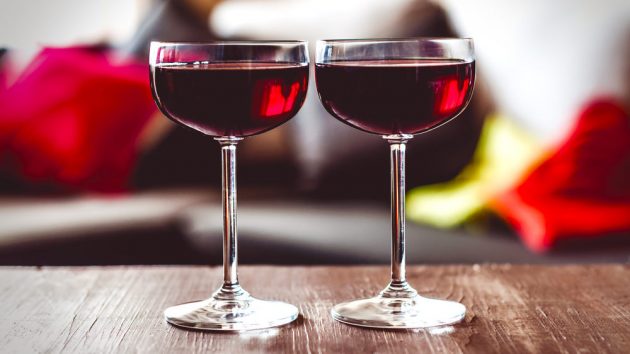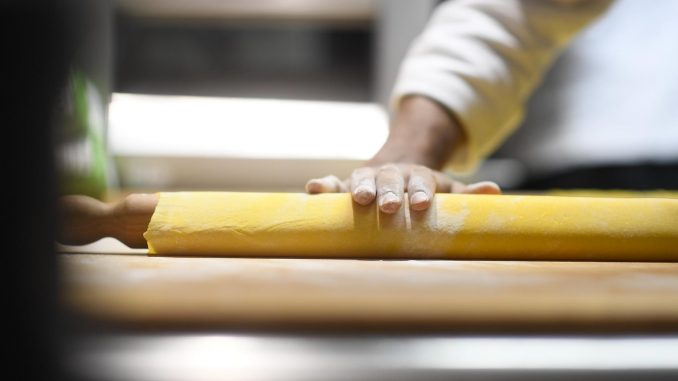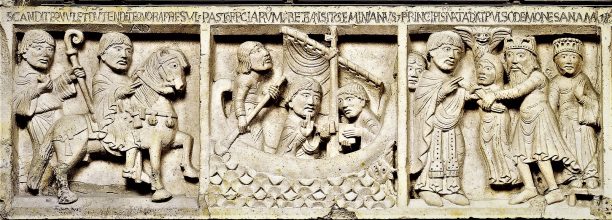
The Po River basin is the food bowl of Italy, in its heart is the region of Emilia Romagna and it is here you will find ‘Il cibo di re e angeli’, (the food of kings and angels).
This is a region where the names of its towns and villages have become as internationally famous as the dishes they create:
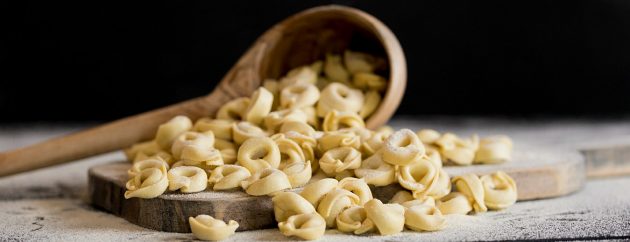
Bologna with its plump, fresh tortellini and its rich, slow-cooked ragu, (it is even called Bolognese sauce throughout the rest of the world) its mortadella and Bologna Sausage, (Baloney)
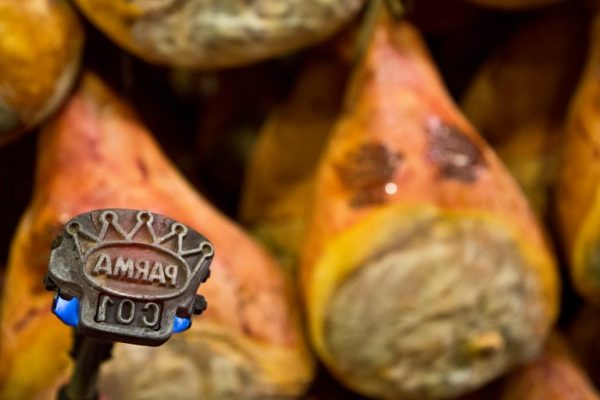
Parma of course has its prosciutto crudo and pancetta,
Reggio Emilia its Reggiano Parmigiano cheese,
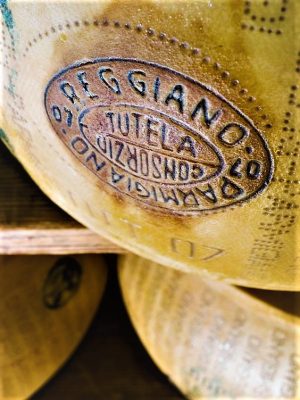
Modena its traditional ‘Aceto Balsamico’ aged for a minimum 12 years before release and some that are aged for decades.
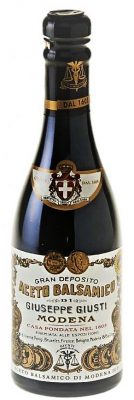
The region is also home to some of the fastest and most famous sports cars and motorbikes in the world: Ferrari, Lamborghini, Maserati, Pagani, De Tomaso & Ducati, all are headquartered here. Enzo Ferrari was himself born in Modena.
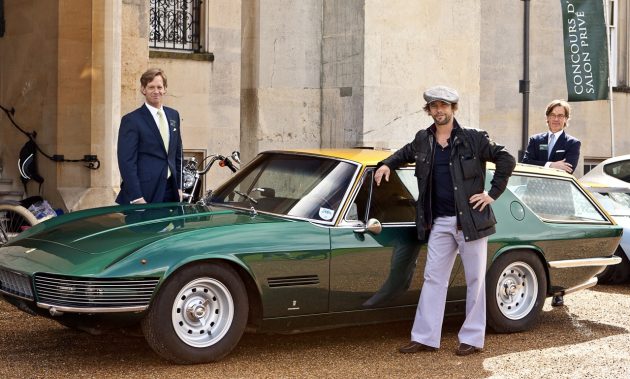
Emilia Romagna is not only a place of fine cuisine it is also a center of great learning and culture; Bologna houses the oldest University in the world, founded in 1088. The Biblioteca Estense in Modena houses many historical volumes and over 3,000 manuscripts. The Italian director Federico Fellini was born here in Rimini on the Adriatic coast, in a region that can also lay claim to being the birth place of composer Giuseppe Verdi, conductor Arturo Toscanini and the most famous operatic tenor of the 20th century, Luciano Pavarotti.

Modena in Emilia Romagna is also the home of the very best restaurant in the world, that is according to the 2018 San Pellegrino World’s Fifty Best Restaurants competition, a rating this restaurant also held in 2016. Osteria Francescana is the culinary cathedral and modern art gallery of chef Massimo Bottura, who was born and raised in Modena and developed a passion for cooking through spending time as a child with his nonna, mamma and zietta, as they cooked in the family kitchen.
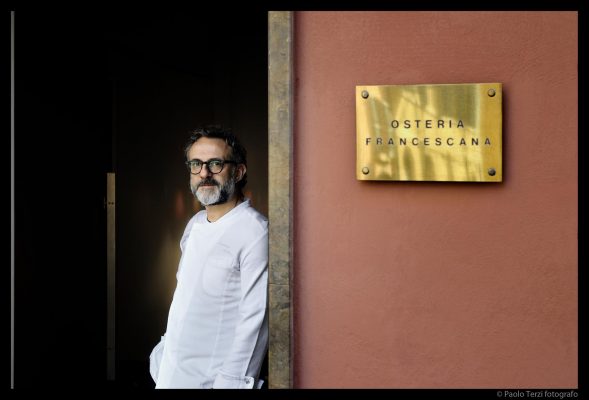
Disillusioned with Law School, he quit at 23 and purchased a rundown, failing trattoria that came with an old accordion player and his signing wife thrown in. After completing an apprenticeship of sorts, Bottura eventually went on to work with one of the world’s most famous chefs, Alain Ducasse at Le Louis XV in Monte Carlo, before embarking on opening what is right now the world’s most famous restaurant in 1995.
Bottura’s food has been described as poetry and as tasting emotions on a plate; whilst paying enormous respect to the traditions and heritage of Italian cooking and his beloved Modena, his food is anything but old fashioned. The man himself is an avid admirer and collector of contemporary art and has said of himself, “I was always a troublemaker”, he describes his food as “traditional, but seen from 10 miles away”, and claims that he does not look at the past in a nostalgic way but, in a more critical way, with a view to bringing the best of the past into the present. He once told CNN, “Here we look at the world from another point of view and we compress all our passion, the music, art, our past, our experiences, our memories down into edible bites.”
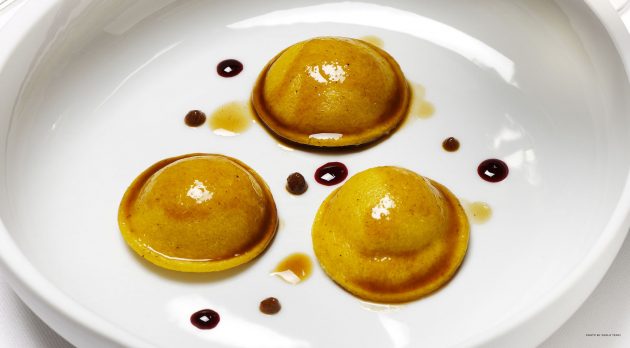
Today, he is undoubtedly the most influential figure in a new generation of Italian chefs. His restaurant is not only the San Pellegrino best in the world, it has three Michelin stars; Bottura also sits on the board of Ferran Adrià’s Basque Culinary Centre.
The influence of food on memory and emotion is well documented and there is an enormous fascination with ongoing research in the field.
‘Our memories of past eating experiences are influential in shaping food preferences and consumption behavior, and the emotions that people associate to these memories are linked to their attitudes toward foods and their everyday food-related behaviors.’
-Frontiers in Psychology: The Incidental Influence of Memories of Past Eating Occasions on Consumers’ Emotional Responses to Food and Food-Related Behaviors: Betina Piqueras-Fiszman and Sara R. Jaeger
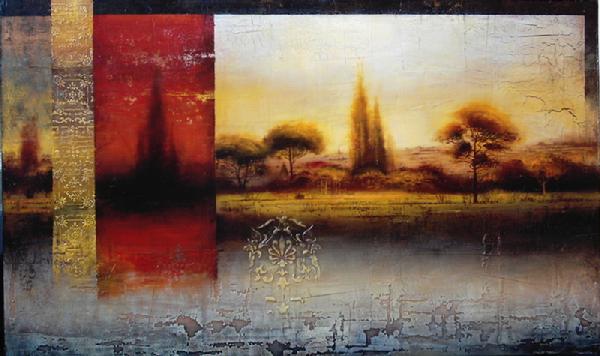
“The taste, smell, and texture of food can be extraordinarily evocative, bringing back memories not just of eating food itself but also of place and setting. Food is an effective trigger of deeper memories of feelings and emotions, internal states of the mind and body….Finding food is so important to survival that it is clear that the hippocampus is primed to form memories about and around food.”
-The Omnivorous Mind, John S. Allen
What Massimo Bottura has done is capture the nostalgic flavours and aromas of Modena and Emilia Romagna and re-interpreted them as modern cuisine and art on a plate; creating a sort of memory of a memory of a smell, a taste, a connection and an emotion. One takes in a visual interpretation that looks like modern art only to fall through a trapdoor on the palate and into a ‘Proustian Moment’ on Modena.
By way of example we need only to look at his interpretation of one of his favourite childhood dishes, the humble mortadella Panino, a staple his mother packed in his school satchel every day, its flavour says Bottura, ‘Is fixed in my soul’.
On his menu the dish is called ‘Memory of a mortadella sandwich’, Bottura informs Stephanie Kirchgaessner of the Guardian that the dish was 4 years in the making. To create it he began by distilling down mortadella stock, which he then employed to make a particularly creamy and fatty version of the sausage. The mortadella is put through a siphon to create a rich foam and served with gnocco ingrassato, pistachio powder and liquid garlic.
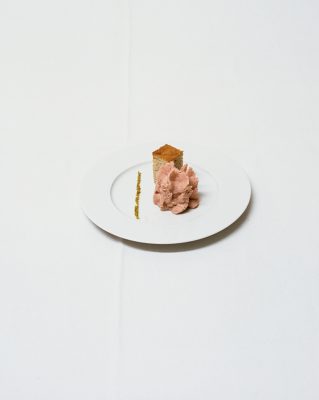
In the same Guardian article Dana Cowin, the former longtime editor of Food & Wine magazine and Chefs Club International creative director is effusive on the chef, “He is a poet of the land in which he lives and he takes the history of the country and the region and the ingredients and turns that into something that is a dish. Each dish tells a very complete story. Everyone today wants to be a storyteller – it is sort of a thing – but Massimo has been telling stories with his food since as long as he has been a chef.” She adds: “His food and thinking are lyrical. It is like the Odyssey.”
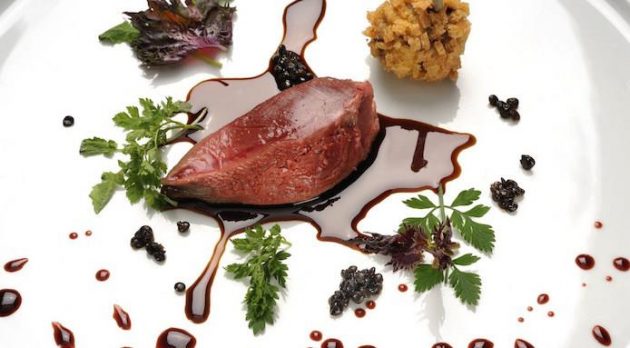
A sample degustation menu at Osteria Francescana listing the dishes by name does indeed read more like poetry than a menu:
Memory of a mortadella sandwich
Croccantino of foie gras
An eel swimming up the Po river
Pasta and beans
Five ages of Parmigiano Reggiano in different textures and temperatures
The crunchy part of the lasagna
Beautiful, psychedelic spin-painted veal, not flame grilled
Caesar salad in Emilia
Sweet potato ravioli from Parma to Mantova
Oops! I dropped the lemon tart
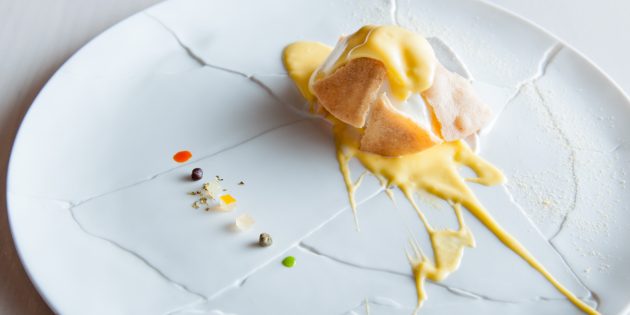
Kirchgaessner, who Rome based correspondent for the Guardian, points us to Roberto Perrone himself a journalist and food critic, Perrone considers Bottura a storyteller and a short film produced by the chef his greatest tale; the eleven-minute film is about a vain eel, which describes a dish on his menu: ‘An eel swimming up the river Po’ and is a tribute to the river Po. As Perrone tells us, “The eel meets some polenta, finds its way around some apples, and finally encounters some of Modena’s famed balsamic vinegar”.
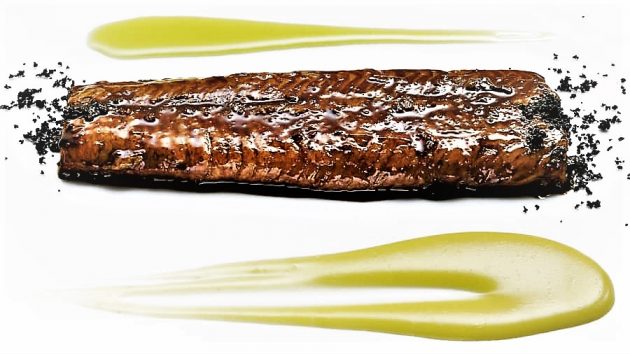
Massimo Bottura is indeed a story teller both on the plate and on the written page, he is the author of five books: Aceto Balsamico (2005), Parmigiano Reggiano (2006), PRO. Attraverso tradizione e innovazione (2006), Never Trust a Skinny Italian Chef (2014) and Bread is Gold (2017).
Bottura founded the non-profit association Food for Soul with his wife Lara Gilmore, the organization aims to empower communities to fight food waste through social inclusion. It sources quality and in-date ingredients that are perfectly edible but, would otherwise go to waste and transforms them into delicious, nutritious multi-course meals, using employed staff and a dedicated team of volunteers. The food is served via the takeover of neglected areas which, through art and design are transformed into inclusive social hubs where guests are made to feel welcome and valued.
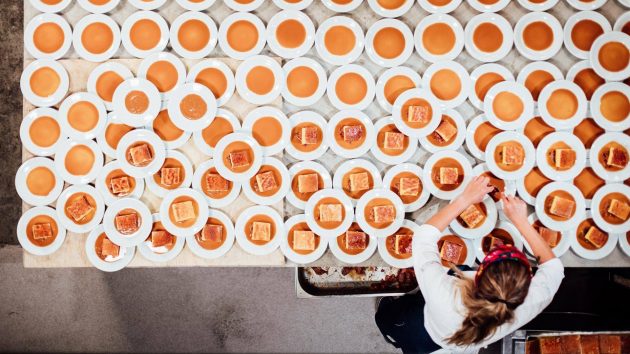
‘Food for Soul’ joined with the non-profit organization Gastromotiva, to open Refettorio Gastromotiva, a community kitchen in the heart of Rio de Janeiro during the Olympics in 2016. Even after the games finished, the refettorio still runs as a social restaurant, where people can buy a meal for lunch that pays for someone’s dinner.
Food for Soul has gone on to open Refettorio Ambrosiano in Milan and Refettorio Felix in London. The 2016 documentary film Theater of Life, is about the first project at Expo 2015 in Milan. The latest Food for Soul projects are in the French capital with Refettorio Paris situated in the crypt below the Madeleine church and Refettorio Felix at St Cuthbert’s in Kensington, London.
Emilia Romagna produces some very fine wines and is a contrasting region when it comes to its vino; some historical knowledge helps to understand its diversity. Made up of what was originally two regions: Emilia, which is named for the Via Aemilia, an ancient road that connected Bologna to the cities of Modena, Reggio Emilia and Parma in the northwest, this western half of the region incorporates rolling hills and its climate is influenced by the Apennines Mountains.
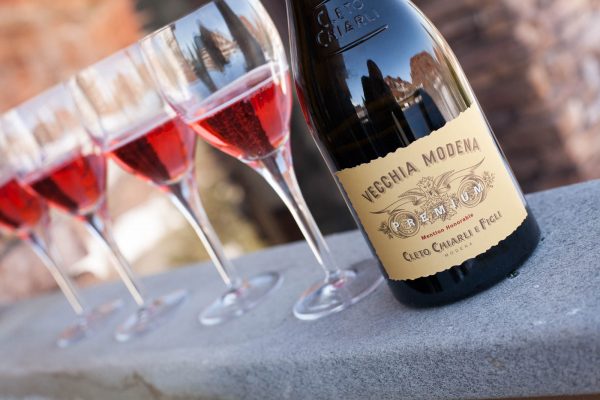
Romagna, which takes its name from the Romans has its vineyards on the plains to the east and viticulture began here in the 7th century BCE, when vines were introduced by the Etruscan people.
It is said that Emilia was settled by Barbarians, whose diet consisted heavily of the fatty dishes of butter and pork, which needed to be balanced by richer wines. Romagna was colonized by the Romans, who ate lighter meals, a lot more fish and cooked with olive oil, which leaves an oily, not fatty sensation in the mouth, requiring lighter wines with good structure and acidity to balance the flavours.
The most celebrated wines of the region are the sweetish, slightly sparkling red wines known as Lambrusco from around Modena and the white wines known as Albana di Romagna.
Albana di Romagna was actually the first Italian white grape to be given a DOGC, quality classification, (in 1967) and there are four styles of wine: secco, amabile, dolce, and passito, which range from dry, (secco) to sweet, (passito).
The sweet passito wines are made by allowing the grapes to hang on the vine or on wooden racks and shrivel to raisins giving the wines an intensity and richness of flavours compared to quince apricot honey and floral spice.
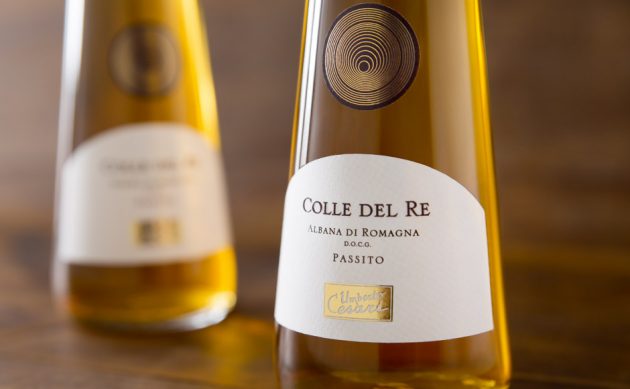
In the Colli Bolognese, the hills outside the city if Bologna, Albana is blended with Trebbiano Romagnolo to make a light, dry white wine called Colli Bolognese Bianco.
Wines made here with the Lambrusco grape are light to medium bodied with a hint of Frizzante, (slightly sparkling) with good acidity. The variety has a long history in the region having existed since at least the time of the Etruscans around 500 BCE. The wine is best consumed young and there are eight classified DOC regions: Colli di Parma Lambrusco, Lambrusco Grasparossa di Castelvetro, Lambrusco di Sorbara, Lambrusco Salamino di Santa Croce, Reggiano Lambrusco, Colli di Scandiano e Canossa Lambrusco, Modena Lambrusco, and Lambrusco Mantovano.
Throughout the latter decades of the 1900’s Lambrusco was exported to markets like the United States and Australia in large volumes as well as local version being produced in those countries.
Other wines of distinction in the region are:
Pignoletto a light aromatic white wine a slight nutty, marzipan character and grapefruit like acidity; best paired with the Tortellini or Passatelli in Brodo, Mortadella, Tagliatelle al Ragu and pork-based antipasti, primi and secondi.

Ortrugo is a white Italian wine grape variety that is grown in the Piacenza hills of the Emilia-Romagna, the dry white wine has good acidity and potentially high alcohol. Sometimes the variety is blended with a little Malvasia di Candia Aromatica. The varietal wines show a distinct apple tart aroma and flavours with flinty vibrant green apple acidity.
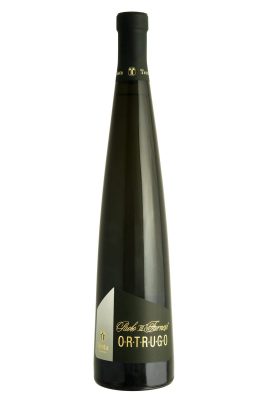
The red wine, Gutturnio is a blend of Barbera and Bonarda. On the nose its prevalent aromas are of dark fruits and some spice and barrel maturation adds tobacco and cedar aromas and lend to the wines firm and distinct tannins. Good pairings are ‘pisei e fasò’ a local bean and pasta dish, gnocchi with cheese, truffles, ravioli and braised meat dishes.
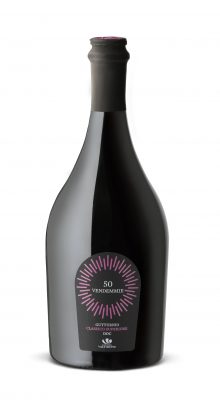
A white grape and sub-category of the Malvasia grape, (of which there are nearly 20 varieties in Italy) the wines made from the Malvasia di Candia Aromatica from around Parma and Piacenza are indeed very aromatic and perfumed. Produced as a ‘passito’ sweet wine, it is very popular with cakes and desserts in the area and has aromas and flavours of dried apricots, figs, dates and marzipan.
There are also some good quality Sangiovese wines made in the region as well as a broad selection of Italian sparkling wines and ‘vin santo’ dessert wines.
Indeed, a culinary journey down the Po and through Emilia Romagna is one of diversity, passion, tradition, exceptional quality of produce and ingredients and legendary meals.
